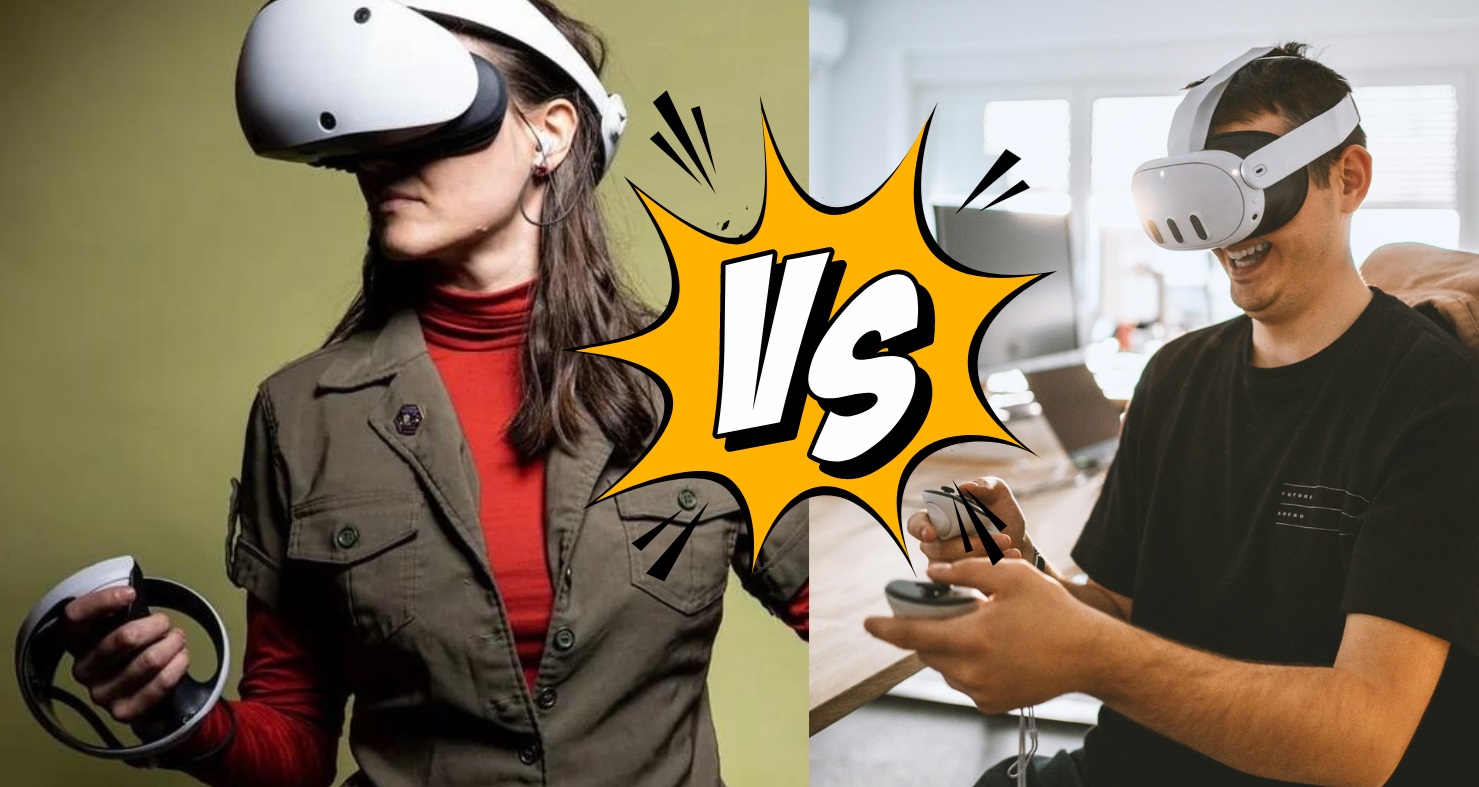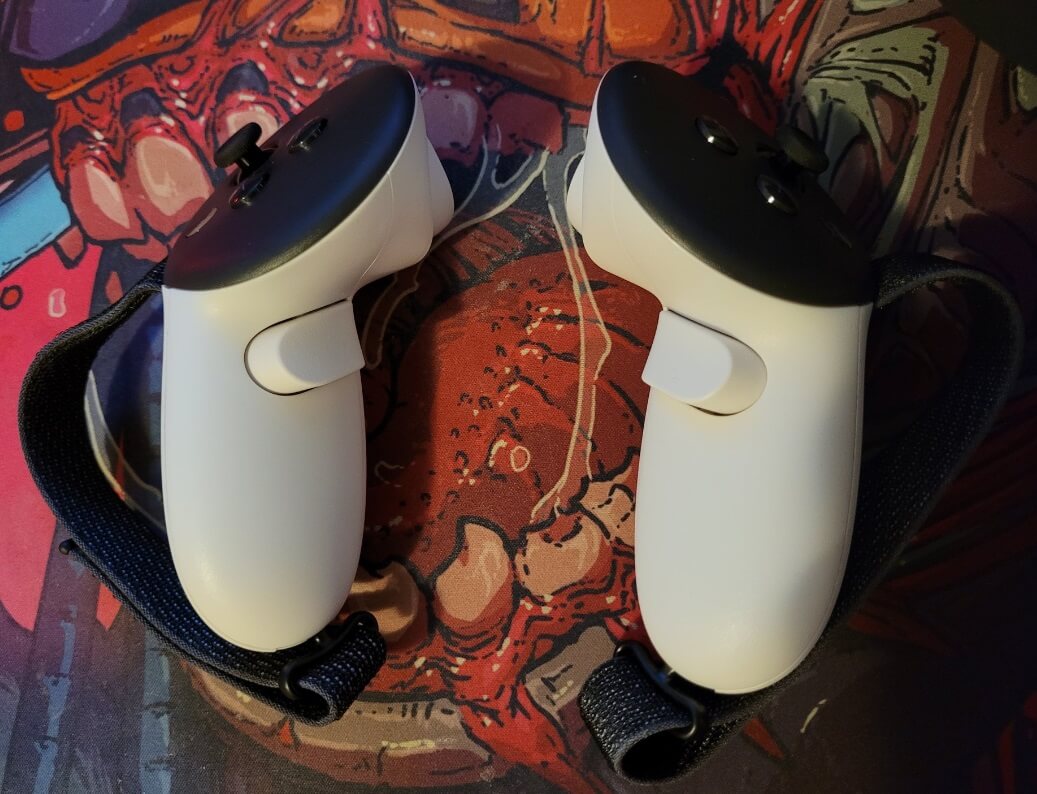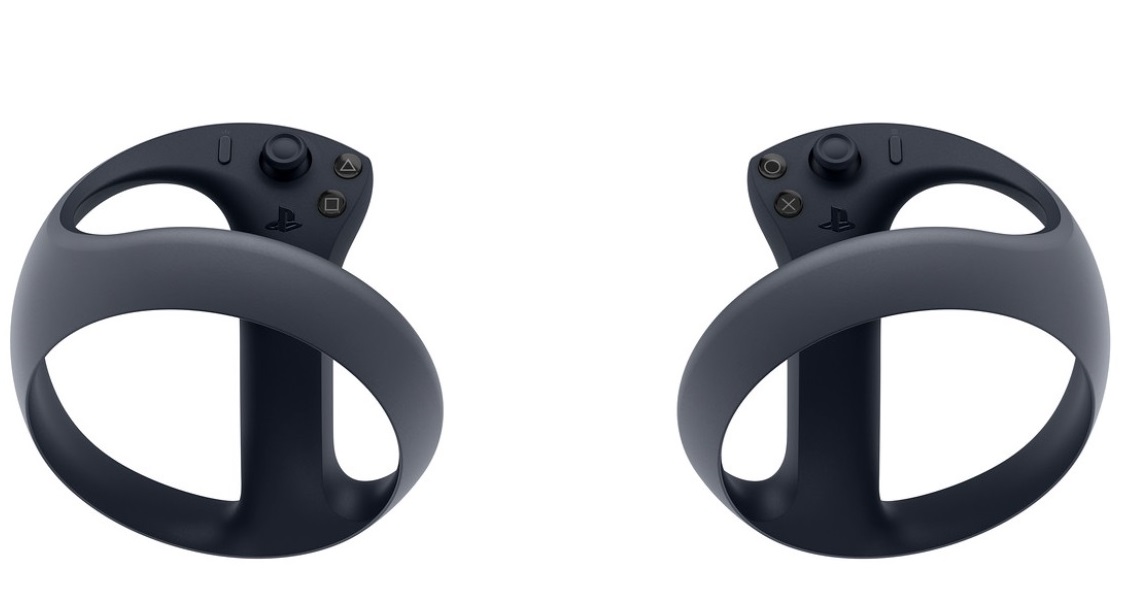Considering whether you should get the PSVR 2 or Meta Quest 3? Well, these are pretty good virtual reality headsets that offer a ton of features and allow you access to a lot of games and apps. The PSVR 2 was launched in February 2023, and the Quest 3 came in June of the same year.
However, while the PSVR is built as a dependent VR headset (which means it is powered through a PC or the PlayStation 5 console), the Quest 3 comes as a standalone headset with a built-in battery. Somehow, this comparison will ball down to whether you’d prefer a PC VR or a standalone unit. Either way, here’s a detailed PSVR 2 vs. Meta Quest 3 comparison post.
PlayStation PSVR 2
The PlayStation PSVR 2 is a dependent VR headset developed by Sony; the headset is meant to be powered through the company’s PlayStation 5 console or the user’s PC.
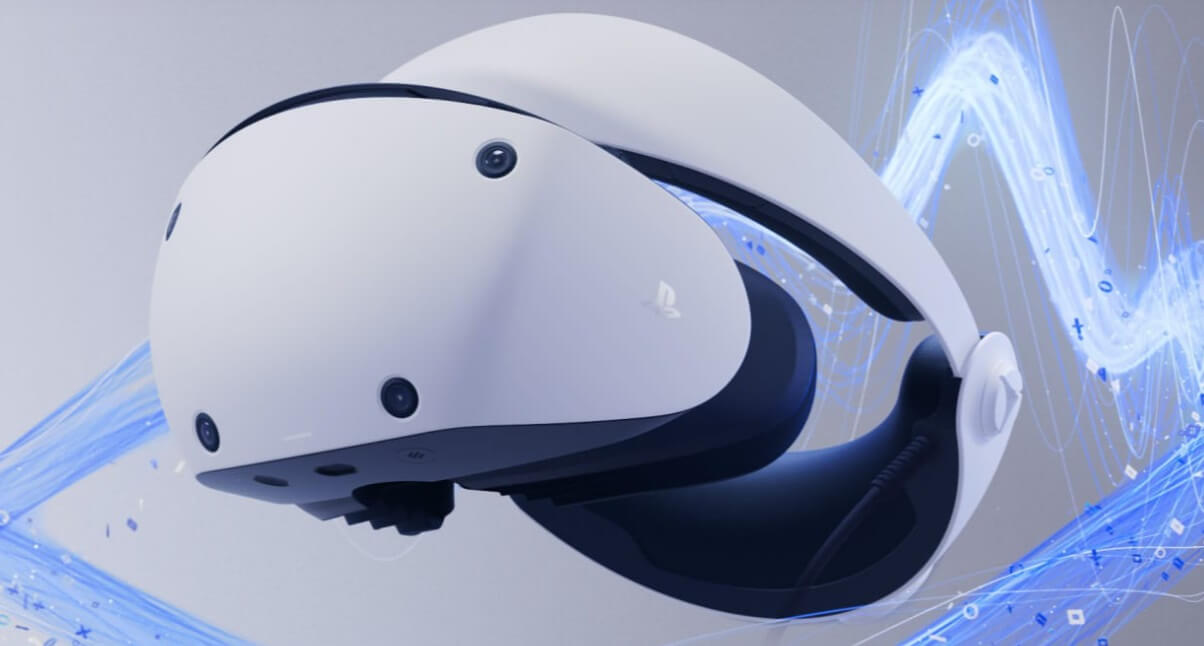
PSVR 2 doesn’t come with a built-in battery, so it stays on as long as you leave it connected to your PC or supported PlayStation PC. PSVR 2 comes with VR Sense controllers, and an OLED display, and supports a 120Hz refresh rate. There are a lot of games, obviously, for you to play with the PSVR2.
Meta Quest 3
The Quest 3 is one of Meta’s finest VR headsets so far, and equally the latest offering from the company. It comes as an all-in-one VR headset, with a strong battery that keeps you in play for quite a long time.
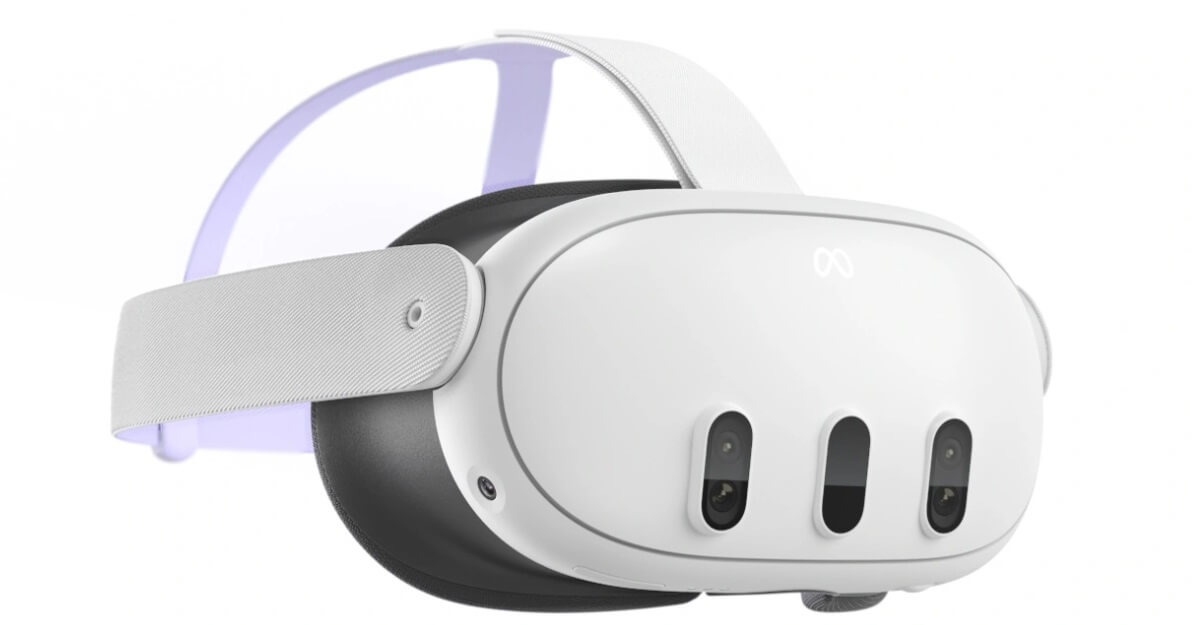
Being a standalone VR headset makes the Quest 3 a top choice for many VR enthusiasts. You’re getting a massive game/app library with mixed reality experiences; also, the Quest 3 headset has super-intuitive controllers with efficient tracking.
PSVR 2 vs. Meta Quest 3: Specs and Price
| Specifications | PSVR 2 | Meta Quest 3 |
| Chipset | Relies on the PS5 chipset or your PC specs. | Snapdragon XR2 Gen 2 |
| RAM | Depends on your main system | 8GB |
| Storage | No onboard storage | 128GB or 512GB |
| Dimensions | 212 × 158 × 278mm | 184 x 160 x 98mm |
| Weight | 560g | 515g |
| Lenses | Fresnel | Pancake |
| Display | OLED | 4K infinite display |
| Resolution | 2,000 x 2,040 pixels per eye | 2,064 x 2,208 pixels per eye |
| Field of View | 110º | 110º horizontal; 96º vertical |
| Haptics | Headset and controller | Controllers only |
| Average battery life | No onboard battery | 2.5 hours |
| Charge time | Not Available | 2 hours |
| Audio | Built-in mic, 3.5mm jack | Built-in mic & speakers, 3.5mm jack |
| Pass-through | Black and white | Full color |
| Eye tracking | IR camera per eye | Not supported |
| Price | $549 | $499 (base model) |
PSVR 2 vs. Meta Quest 3: Hardware and Controller
Of course, both devices come with a pair of controllers, which are pretty comfy and intuitive. But talking of hardware, the Meta Quest 3 comes with 8GB of RAM and up to 512GB onboard storage depending on the variant you buy; it also comes standard with Snapdragon XR2 Gen 2 chipset and a staggering 4k infinite display.
The Meta Quest 3 Touch Plus controllers feature a unique design that lets you wear them comfortably and play for a long time. Also, the PSVR 2 VR Sense controllers are intuitive and thoughtfully designed for comfortable long-time plays.
On the PSVR 2 controllers, you have replaceable AA batteries that last more than 20 hours before requiring replacement. For the Quest 3 controllers, they come with built-in rechargeable batteries – you get up to 6 hours from the controllers, in in-between charges.
PSVR 2 vs. Meta Quest 3: Display
The Meta Quest 3 comes with a 4k infinite display with its pancake lenses that utilize an accordion-style design – so light rays bounces are folded on top of one another; this lens technology allows for higher-resolution display with minimal visual artifacts. Also, it is worth noting that the Quest 3 has 110-degree horizontal and 96-degree vertical FoV, offers 2064 x 2208 PPE, and up to 120Hz refresh rate.
On the PSVR 2, you get an OLED panel with 110-degree FoV (not specified whether it’s horizontal or vertical), 2000 x 2040 PPE, and a 120Hzz refresh rate. But then, the PSVR 2 has a sweet spot, which somewhat affects the Interpupillary Distance (IPD). Actually, these two headsets offer almost the same display; the slight differences are forgivable and almost unnoticeable to a novice user.
PSVR 2 vs. Meta Quest 3: Chipset, Battery, and Performance
With the Meta Quest 3, you get a device that comes with Snapdragon XR2 Gen 2, 8GB of RAM, and up to 512GB of onboard storage. The processing power of the XR2 chip is beyond “average,” so you’re getting fast, smooth gameplay with the Quest 3. However, being a standalone headset, the Quest 3 can only last for around 2.5 hours and then you need to recharge the battery.
On the flipside, the PSVR 2 doesn’t come with an onboard battery, nor does it feature a built-in chipset. It relies on the processing hardware of your PC or compatible Sony PlayStation console (at this time, only the PS5 is supported). Hence, the performance is arguable. But, with decent-enough PC specs or the PS5, you’re equally getting smooth, seamless gameplay.
PSVR 2 vs. Meta Quest 3: Software and Games
The Meta Quest 3 runs on Meta Horizon OS, which is based on Android source code; you need to install the Meta Quest app on your mobile smartphone to set up the VR headset and activate it using your Meta account. You will find thousands of games and apps on the Meta Store to run on your Quest 3.
The PSVR 2 runs on an open source software; basically, it is built to use the OS and resources of the Sony PlayStation 5, however, Sony added a firmware update that allows PC connection via a Gaming Rig. With the PSVR 2, you have access to a plethora of titles on the Sony PlayStation Store.
Verdict – What Else To Talk About?
Talk about comfort; online, you will find more people on the side of the Quest 3 while insisting that the PSVR 2 is “not so comfortable” because of the sweat spot. However, the truth is, that comfortability can be subjective. The PSVR 2 is actually comfortable to wear for a long time; the Quest 3? Equally comfortable for long-hour gaming.
Also, there are a few exclusive titles and apps for these VR headsets, meaning that there are some games on the Quest 3 that cannot be found or played on the PSVR 2, and vice versa. You should check out the exclusive titles for these headsets and which one is worth ditching for the other.
Furthermore, considering the compact nature – and easy setup – of the Quest 3, a lot of VR gamers would pick it over the PSVR 2. But for PS5 owners who want to extend into VR gaming, the PSVR 2 is really the perfect headset to gear up.
